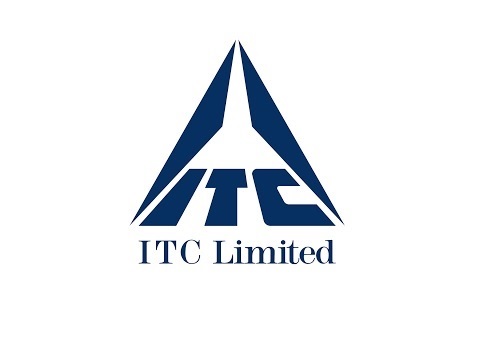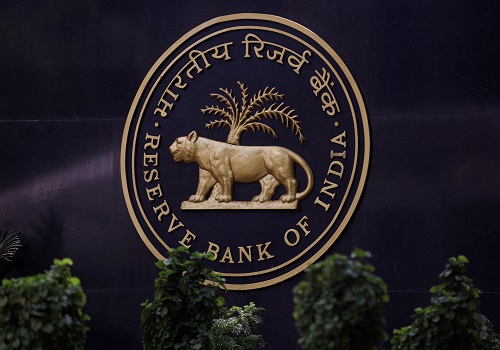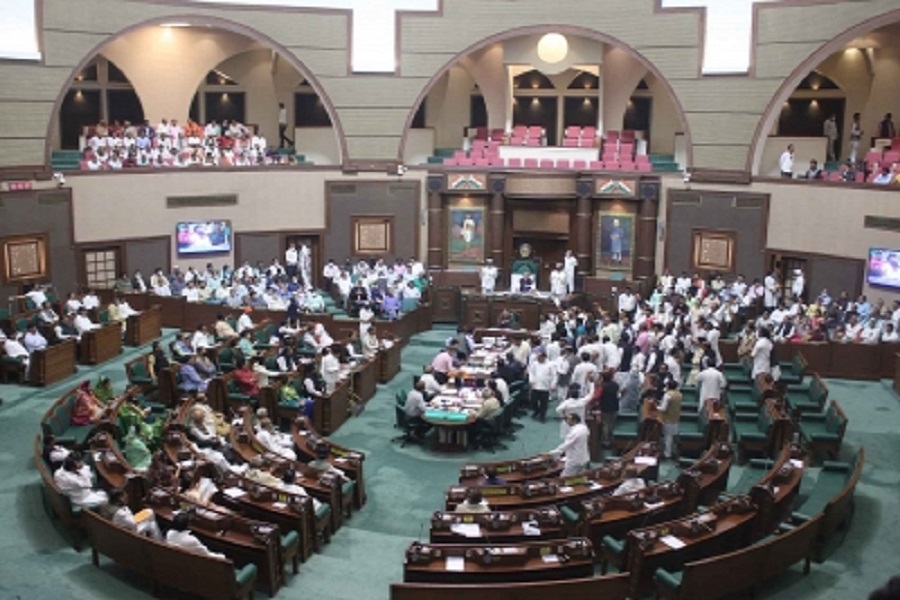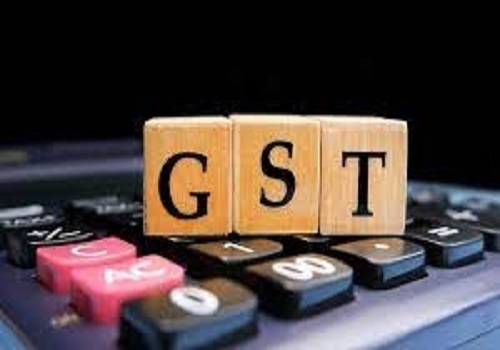Perspective on FOMC by Ms. Madhavi Arora, Lead Economist, Emkay Global Financial Services

Below the Quote on Perspective on FOMC by Ms. Madhavi Arora, Lead Economist, Emkay Global Financial Services
* Fed delivers a hawkish cut: The Fed cut its policy rate by 25bps yesterday, as expected, bringing down the Fed Funds rate to 4.25-4.50%. However, this was a hawkish cut, with the statement indicating that the "extent and timing" of further cuts will depend on data. Powell also stated in the post-meeting press conference that the FOMC can "be more cautious" while considering more easing, having lowered rates by 100bps already. He mentioned that this cut was "a closer call" than November, with one dissent, and that they will need further progress on inflation to ease rates, noting that "we have been moving sideways on 12-month inflation".
* Dot plot revised higher: The dot plot was revised significantly higher, with only two cuts now forecast in 2025, half of what was expected in September, with 2026 also expected to see just two cuts (vs four earlier). The FOMC's hawkish view was predicated on their expectation of inflation staying resilient: core PCE for 2025 was revised upwards to 2.5% (from 2.2% earlier) - while real GDP growth was only moved higher slightly to 2.1% (from 2.0% earlier). Powell indicated that the higher inflation forecast could reflect some members' assumptions around Trump's tariffs and other policies.
The hawkish outlook led to a sharp market reaction: UST2Y and UST10Y yields both spiked by 10-11bps, while S&P tanked 3%, and DXY rose ~1.2%.
* Foggy scenario compels Fed to slow down: Yesterday's meeting marked a shift towards hawkishness, with the Fed's outlook moving closer to our "higher-for-really-long" scenario. There is a strong chance of a pause ahead - Fed Funds Futures are pricing in ~91% probability of a "hold" at the January meeting, and with policy and macro uncertainty around, it is no surprise that the Fed has chosen to signal a cautious approach going forward - akin to driving slowly on a foggy night.
* The global bond term premia to rise?: We maintain rising term premium will likely be the next driver of higher yields, led by greater macro volatility, persistent inflation plus large fiscal deficits, and higher debt issuances. This will keep a trough on yields amid much higher expected terminal Fed funds rate and higher term premia. Besides, surge of US debt could see fewer buyers ahead. With deficit sustainability remaining an issue, the price of fiscal money likely stays elevated.
This is likely to spillover to the rest of the world as well, with relatively higher term and risk premia in EMs.
* RBI rate cycle timing and depth remains tricky: As for the RBI, a new MPC in 2025 (new Governor + Dep. Gov + 3 fairly new external members will be facing substantially different policy challenges along with a diverse macro and global landscape.
The policy trade-offs are getting acute due to:
i) the entrenched state of India's stagflation,
ii) tricky timings and small window of conventional rate cuts as global dynamics turn more fluid,
iii) mounting FX pressure and increasing cost of FX intervention. Conventional rate cut window is only going to get tight. Feb cut call gets trickier from here on.
The spillover of bond/FX volatility via the global financial markets route could also mean the aim of financial stability may even precede inflation management for the RBI ahead.
Above views are of the author and not of the website kindly read disclaimer







.jpg)


More News

Reaction on RBI Monetary Policy by Mr Piyush Bothra, Co-Founder and CFO, Square Yards

















